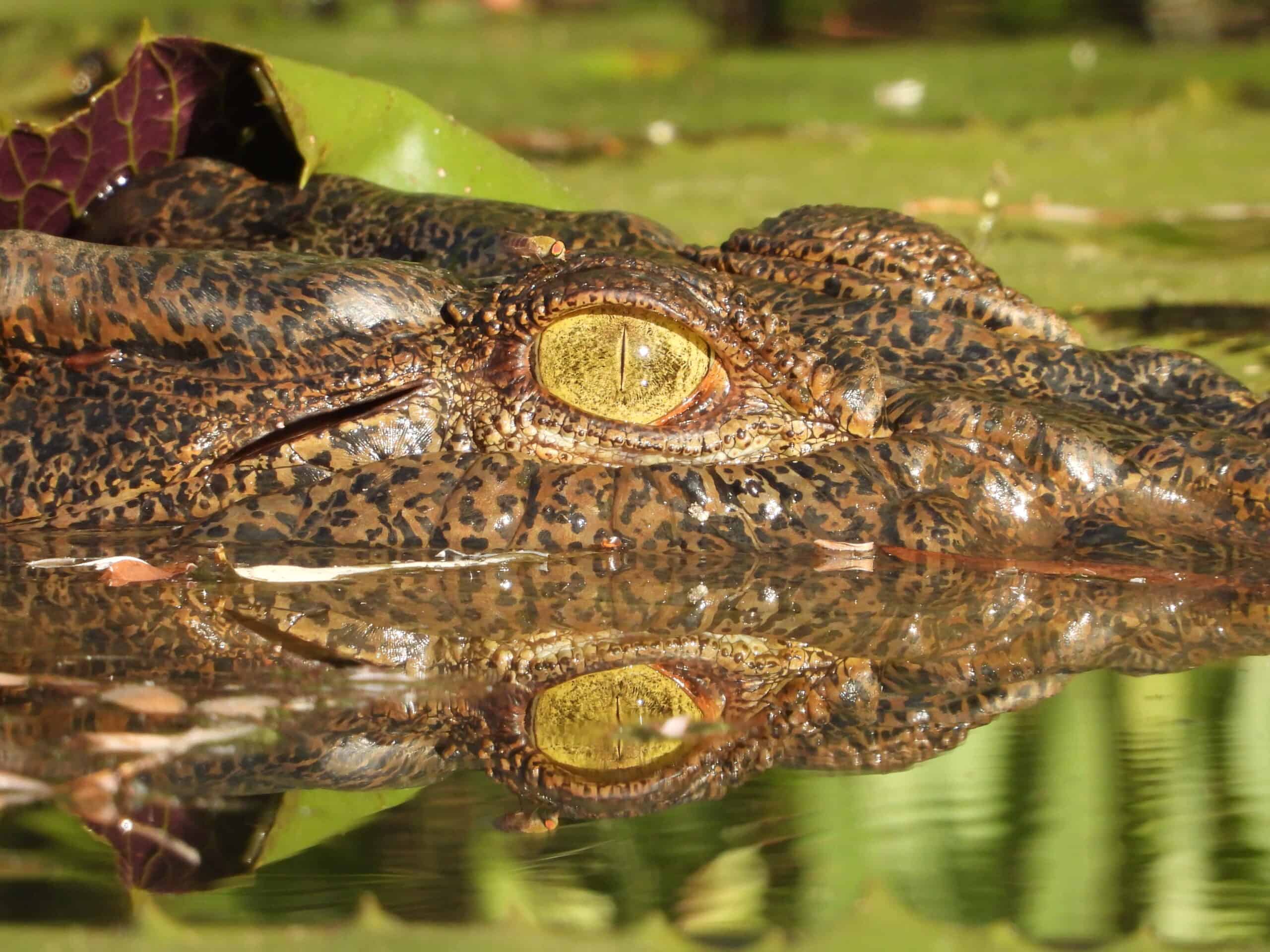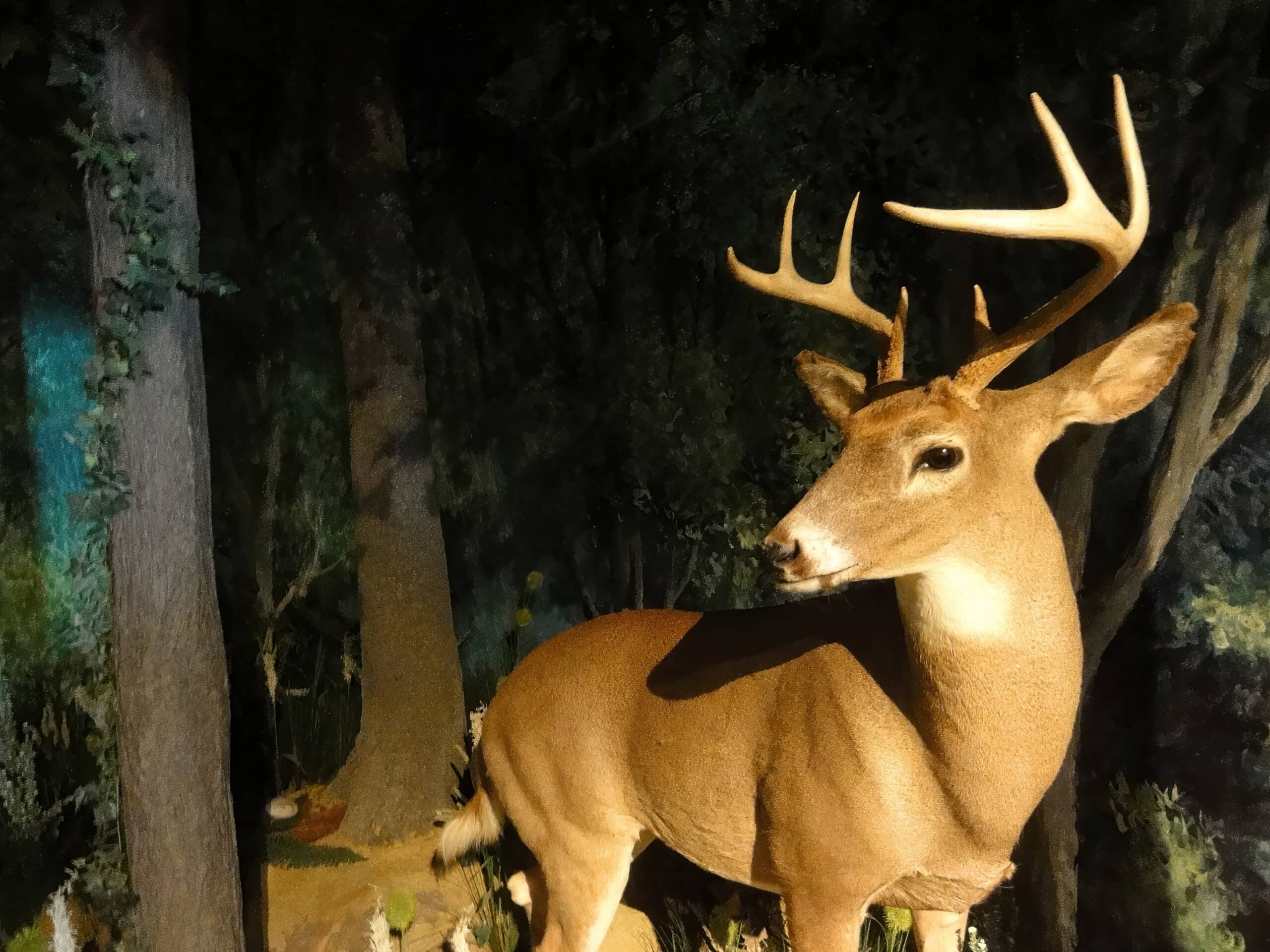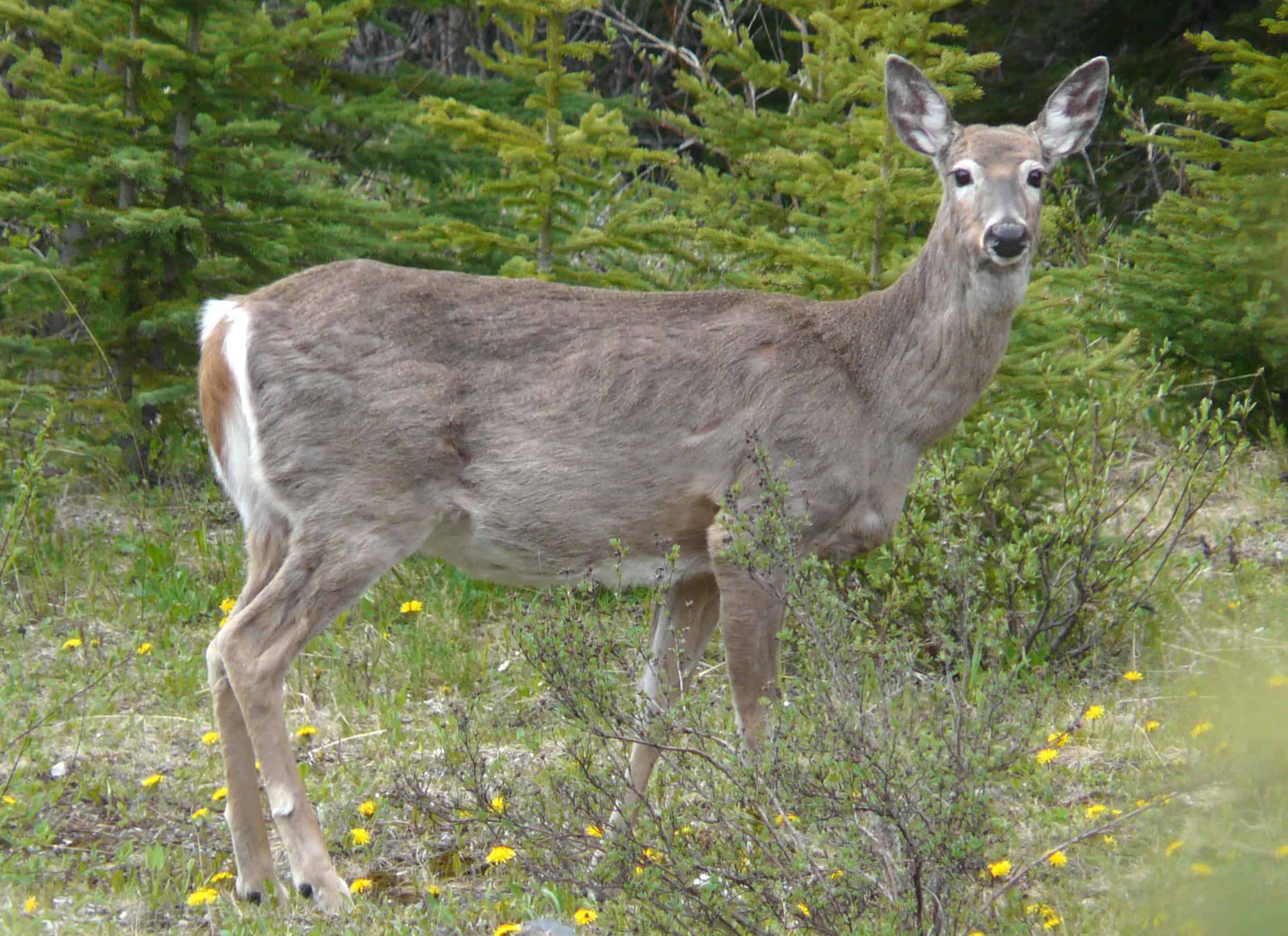Share this article
TWS Position Statement: Conserving Biological Diversity (RESCINDED)
Back to Position Statements page
This position statement has been rescinded and replaced by TWS Council in Nov. 2023. View the new statement here.
Biological diversity is the richness, abundance, and variability of native plant and animal species and communities and the ecological processes that link them with one another and with soil, air, and water. Human quality of life and survival depend on conservation of biological diversity.
Biological diversity can vary spatially from microscopic to global scales and temporally from minutes or hours to geologic time. Attributes include structure, function, and composition of genes, individuals, populations, subspecies, species, communities, and biotic provinces. Because of this complexity and variability, conservation of biological diversity — protection, restoration, management, and sustainable uses — must be addressed through objectives for specific attributes at specific places and times. A variety of management actions are needed to meet the many possible objectives for diversity. No one action will meet all objectives in all places or for all times.
Scientific knowledge is essential in developing effective policies, plans, and actions for conserving biological diversity. Human needs and preferences also must be considered.
The foundation for conserving biological diversity should begin with actions to protect, restore, and sustain the integrity of soil, water, air, and native flora and fauna. Public and private lands must play complementary roles in stewardship of these basic resources.
The policy of The Wildlife Society for conserving biological diversity is to:
- Support and promote policies and programs to conserve biological diversity that are biologically, socially, environmentally, and economically valid, effective, and practical.
- Encourage formulation of achievable and measurable objectives for desired attributes and uses of biological diversity at specific places and times.
- Recognize both public and private landowners’ responsibility for conserving biological diversity, to further landowner goals or organizational missions. Government land management agencies should share responsibility to conserve biological diversity.
- Support and promote efforts to educate decision makers, elected officials, educators, and the general public on the values that biological diversity provides to our society.
- Support scientific research, management, and monitoring of wildlife as indicators of biological diversity.
- Extend successful cooperative programs in wildlife protection, management, research, and sustainable uses to the conservation of biological diversity. Examples of useful models include the Cooperative Fish and Wildlife Research Unit Program, the North American Waterfowl Management Plan, the U.S. Conservation Shorebird Plan, the North American Grouse Management Plan, the Northern Bobwhite Conservation Initiative, and Partners in Flight.
- Seek new sources of funding for conservation of biological diversity from individuals, groups, legislatures, and government agencies that will benefit from enhanced biodiversity. Additionally, seek support for those individuals or organizations whose past actions have reduced biodiversity.
Approved by Council November 2017.








